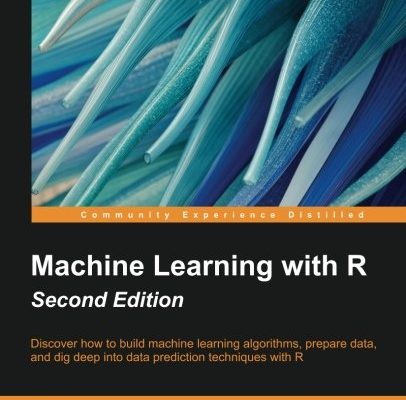Machine Learning Project Template in R
Last Updated on August 22, 2019 Applied machine learning is an empirical skill. You cannot get better at it by reading books and blog posts. You have to practice. In this post, you will discover the simple 6-step machine learning project template that you can use to jump-start your project in R. Kick-start your project with my new book Machine Learning Mastery With R, including step-by-step tutorials and the R source code files for all examples. Let’s get started. Machine […]
Read more








